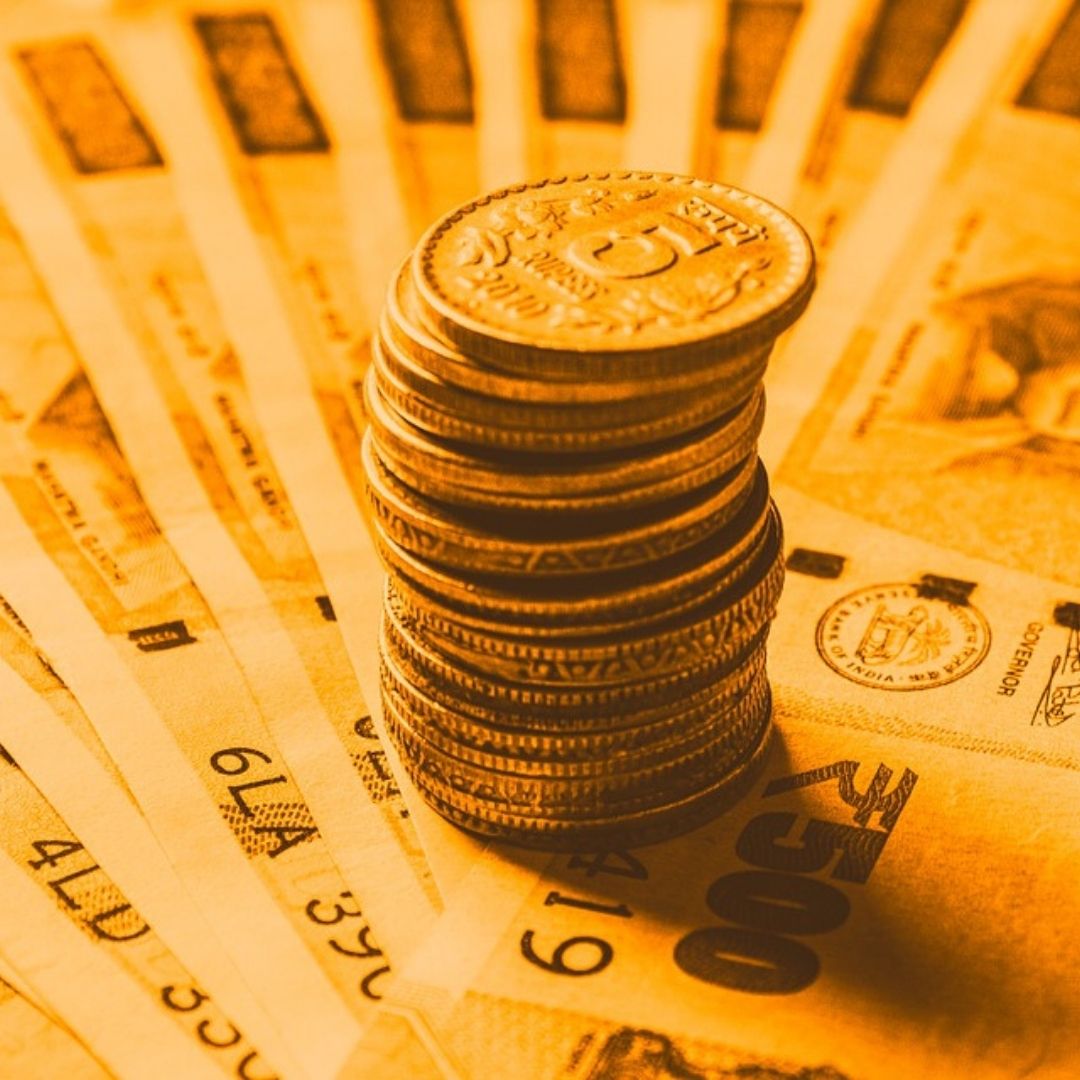
Image Credit: Pixabay
What Is Pink Tax And How Does It Contribute To Increasing Gender Bias?
Writer: Ratika Rana
Her primary objective is to inform, promote, educate and cultivate readers through writing.
India, 18 Sep 2021 10:48 AM GMT
Editor : Madhusree Goswami |
A mountain girl trying to make it big in the city. She loves to travel and explore and hence keen on doing on-ground stories. Giving the crux of the matter through her editing skills is her way to pay back the journalism its due credit.
Creatives : Ratika Rana
Her primary objective is to inform, promote, educate and cultivate readers through writing.
Pink tax refers to the invisible cost of products that women are liable to pay for the products designed and marketed specifically for them. According to a study, products for women cost 7 per cent more than the same products for men.
Gender-based pricing, also commonly known as pink tax, refers to the extra cost on products specifically designed and marketed for women. According to an international study by the New York Department of Consumer Affairs titled 'Cradle to Cane: The Cost of Being A Female Consumer', the products for women cost 7 per cent more than average, and in personal care items, the difference rises to 13 per cent. In contrast, the generic or the male equivalent cost of those products is minor. However, this phenomenon is not a thing of the West. In India, women have to pay more for a range of products marketed for them.
In a simple example, in most cases, salons charge women more than men for the same services. Similarly, personal care items like body washes, soaps, creams are more expensive for women than men. According to an article by LiveMint, social scientists and retail experts have said that these differences stem from society in general holding women to a higher standard in terms of appearances. Another study proved that over a female's lifetime, these gender-based financial inequalities have a significant impact. The personal care industry, of all other industries analysed, had the highest premium for women. The most significant price discrepancy was in hair care products, which cost women 48 per cent more, and razor cartridges were the second-highest and cost women 11 per cent more than average.
A Comparision From An Online Retail Platform
The pink tax is not essentially 'tax' that women have to pay. The supplementary cost included in the retail pricing of the product has been tagged as 'pink tax'. The cost discrepancy is in the same product for men and women. To dig deeper into the Pink Tax phenomenon, The Logical Indian checked the prices of the most basic razors for men and women on an online retail platform and the results were startling. While the cost for a men's razor was ₹70, the cost for a women's razor was ₹250. On similar lines, one of the most generic 150 ml deodorants for men cost ₹114, whereas the cost of an essential women's deodorant of the same quantity starts from ₹136 onwards on the e-commerce platform.
What Is The Impact of Pink Tax?
According to the International Labour Organisation (ILO), women work more and are paid less. The gender divide is already prevalent in workplaces with a limited number of women participating in leadership roles across sectors. The international organisation mentioned that the gender gap exists in all the countries worldwide, and globally it has narrowed only by a bit in the past decade. On one hand, we are not remunerating women enough for their work, and secondly are charging them more for almost the similar products than men. On average, there is a 19 per cent gap between women's salaries and men's salaries across all sectors in India, and more so in agriculture, where women undertake 80 per cent of the work.
Be it at higher management positions in multinationals or politics, there is a dire need for women who come up to hold the reins and thus voice out issues that discriminate against them. The country needs to identify and train women to be future flagbearers of the country. Encouraging women's participation would eventually lead to a better playing field for all genders.
Imposing high costs for products targeted to women further deepens the gender divide and reinforces a particular idea and standard of beauty. Non-conformance with such beauty standards can harm people's mental health, making them more vulnerable to incurring social anxiety, depression and loneliness. Moreover, the association of colours with genders further deepens the divide. The notion of associating pink to girls and blue to boys not only limits the choices of the two genders and conforms them to social beliefs, but it also outcasts other genders.
Another way to not fall prey to pink tax is to not fall for the products packed in glistening shades of pink, but instead, go for generic products. While several people are still oblivious to the existence of pink tax, leading organisations must come up with initiatives to spread awareness about the practices causing a hole in our pockets.
Also Read: Uber To Offer 12,000 Free Rides To National Association For Blind In Eight Cities
 All section
All section














